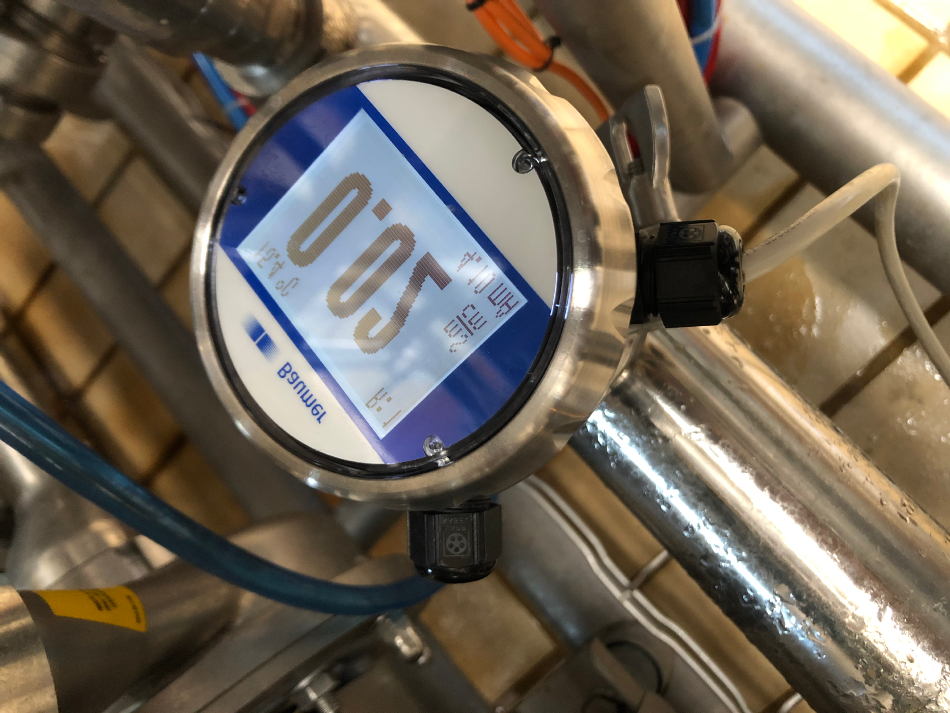The need for effective wash-down and cleaning whilst meeting increasing demands to save resources and cut costs has always been a tricky challenge, especially where optimum hygiene is essential in food and beverage manufacturing. An example of success in this type of application is where a high speed CombiLyz Conductivity Sensor supplied by sensing and instrumentation specialists BAUMER has made an important contribution at Granarolo, Italy’s largest dairy processing operation.

Effective cleaning of a hygienic dairy processing system usually requires a range of liquids such as; milk, water, lye and acids working within a complex, clean-in-place (CIP) process, where different liquids flow alternately through pipes and tanks. All these liquids have a financial and or environmental cost so must be used sparingly and where applicable, be recycled as much as possible.
The two factors crucial to the success of the CombiLyz conductivity sensor in this challenging CIP fluids handling application were precision and speed. Firstly, the sensors ability to measure very precisely the electric conductivity of liquids in the system determines which type of medium is flowing and its concentration, and secondly an outstanding speed of response. The CombiLyz sensor is faster than comparable sensors providing a precise measured value of conductivity within 15 seconds, compared to around 50 seconds typically achieved by other sensors. This means the control mechanisms can react faster and separate the individual phases by actuating values.
Bruno Landuzzi, Maintenance Manager at Granarolo explained, “Our tanks, pipelines and thermal treatment systems are cleaned up to 30 times a day and thanks to the quick temperature compensation of the CombiLyz sensors, we can save more than 100,000 litres of water per year at every measuring point”.
The fast temperature compensation response is primarily due to the design and construction of the CombiLyz sensor which features a one-piece hygienic design measurement probe made of PEEK plastic. This measurement probe contains the inductive sensor elements for measuring electric conductivity and the temperature sensor.
The sensor tip has a low thermal mass and low thermal transition enabling the sensor to react very quickly, even to very significant temperature fluctuations. Only sensors with two-part measurement probes where the temperature sensor is located underneath the metal are faster. However, frequent temperature fluctuations tend to wear-off the transition between plastic and metal causing these types of sensors to fail more frequently, rendering them unsuitable for hygienic applications.
In addition to fast reaction times and precision the CombiLyz sensors offer other important benefits. For example, a coloured coded touch display enables easy parameterisation and freely definable conductivity areas can be allocated to any display colours, such as blue for water and red for acid. This means it can be seen by operators clearly from a distance which medium is passing through the pipes at any given moment. Also, the sensor transfers its measured values via a 4/20 mA interface with optional HART protocol.
The options available are the CombiLyz AF14 where the entire sensor is contained in a single housing and the AF15, for applications with limited space. This version has the sensor element and display separated and connected via a cable, to facilitate more flexible positioning. Both options have an IP69k rated stainless steel housing to ensure suitability for high-pressure steam cleaning.